Gosaikunda is an alpine freshwater oligotrophic lake in Nepal’s Langtang National Park. It has a surface area of 34 acres and is situated at an elevation of 4,380 m (14,370 ft). The Gosaikunda Lake complex spans 2,500 acres when all associated lakes are included. Gosaikunda Lake Trek can be one of the best experiences for trekkers who are just at the beginning of their trekking journey.
Around Gosaikunda, there are other additional ponds, including Bhairavkunda, Saraswatikunda, Suryakunda, Raktakunda, Chandrakunda, Aamakunda, and Dudhkunda. In the general area of this Ramsar site, there are thought to be 108 ponds.
Gosaikunda is the residence of Shiva and Parvati, two Hindu deities, according to Hindu mythology. It is the belief that Lord Shiva created the lake, who used his trident to pierce a mountain in order to draw water out of it to soothe his burning throat after ingesting poison during Samudra Manthan. Gosaikunda receives a large influx of pilgrims in addition to trekkers, particularly during the two major festivals of Janai Purnima and Gangadasahara. For both Hindu and Buddhist pilgrims, the significance of the sacred Gosaikunda lake is unmatched.
Gosaikundra Trek
For both nature enthusiasts and pilgrims, the five-day Gosaikunda Trip is a well-liked trek. During the Gosaikunda trek, you will have the opportunity to wander in Nepal’s mountainous region for five days while on the Gosaikunda Trek; you’ll see magnificent sights. On the way to Gosaikunda, you will pass through a lot of rhododendron trees, rivers, streams, and villages. You may see the breathtaking views of Ganesh Himal, Langtang Lirung, Annapurna, and many more mountains on this walk. The hardest portion of this walk is the climb up to the Luaribina Pass.
Itinerary for Gosaikunda Trek
Day 1 – Drive from Kathmandu to Dhunche (Drive: 5-6 Hours)
The voyage starts at Balaju’s Machha Pokhari Bus Station. Next, a bus will take us from Kathmandu to Dhunche (2,030m/6,660ft), the administrative center for the Rasuwa district.
You’ll have the chance to admire the picturesque villages and meadows along the journey. To get to Dhunche, we’ll need to travel for about 5 to 6 hours via the breathtakingly beautiful route along the massive Trishuli River. You’ll spend the night in a clean tea house in Dhunche.
Day 2 – Trek from Dhunche to Chandanwari (6-7 Hours)
After a quick breakfast at Dhunche, you will start our trek toward Chandanwari on the second day. We will arrive at Deurali (2,500m), a little settlement on the way to Chandanbari with a few tea houses, after hiking for around two hours.
After 3 hours of hiking on lovely terrain, we will arrive in Dhimsa (2,900m), going through streamlets and cascades. The climb from Dhimsa is a little challenging because the path ascends through lovely pine forests. To get to Chandanwari, a village at a height of 3200 meters, we must climb up a number of inclining hills. Chandanwari is also known as Sing Gompa.
Day 3 – Trek from Chandanwari to Gosaikunda Lake (7-8 Hours)

We will hike for almost one and a half hours before reaching Cholangpaty (3500m). There are now clear, up-close views of mountains like Ganesh Himal (7422 meters), Langtang Lirung (7234 meters), Langtang Ri (7205 meters), and Manaslu (8163 meters). We still have a 2-hour walk to go until we reach Lauribinayak (3900m). LauriBinayak offers a broad view of Langtang Lirung, Ganesh Himal, Masalu. Then, after a two-hour hike up, we will arrive at Sakyamuni Temple, which represents both Buddhist and Hindu beliefs. After a half-hour hike, we will witness the Saraswati Kunda, Bhairav Kunda, and Gosaikunda lake.
On this day, the hiking will be somewhat more challenging. You will gradually have to trek across desolate hills and experience chilly breezes as we ascend. Therefore, be sure you are dressed warmly enough to stay comfortable in such a frigid atmosphere.
Day 4 – Trek Back to Dhunche (7-8 Hours)
On this day, one might spend the morning exploring the area around the Gosaikunda Lakes. Then, after around seven hours of downhill hiking, you will arrive in Dhunche.
Day 5 – Drive Back to Kathmandu (6-7 hours)
Approximately 6-7 hours of a local bus ride will get you to Kathmandu. Here we get to the finish of our journey.
Major Highlights of Gosaikunda Trek
The Gosainkunda Lake Trek provides a variety of Himalayan landscapes, including lakes, national parks, and wildfires. A number of endangered species, including red pandas, Himalayan mountain bears, Musk deer, Himalayan wild goats, and snow leopards, may be found at the Langtang National Park, which includes Gosainkunda Lake. Similarly, the National Park is home to a wide variety of plants and flowers. You can see rhododendron, orchids, magnolia, and many other floral species. While on the Gosainkunda lake walk, hikers can observe the Langtang Lirung (7246m), Gangchhenpo (6388m), Dokpu peak (5930m), Naya Kangri (5846m), Yala Peak (5500m), Ganesh Himal, Mt. Manaslu (8153m), and many other peaks.
Best Time for Gosaikunda Trek
So, Autumn season, ideally in the month of October is the best time to do the Gosainkunda Lake trek, which is also Nepal’s busiest month for trekking. The second-best time to go hiking in Nepal is in the spring (March, April, and May).
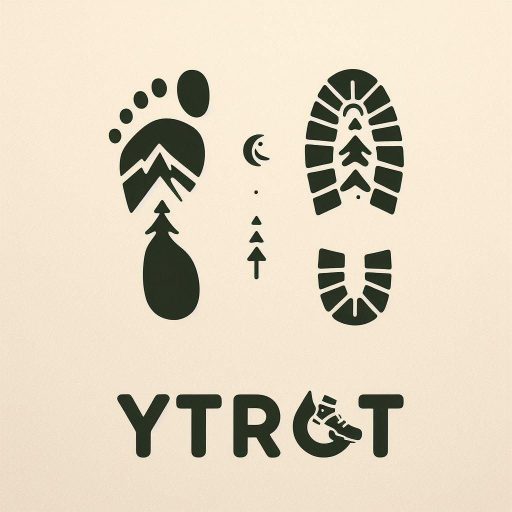
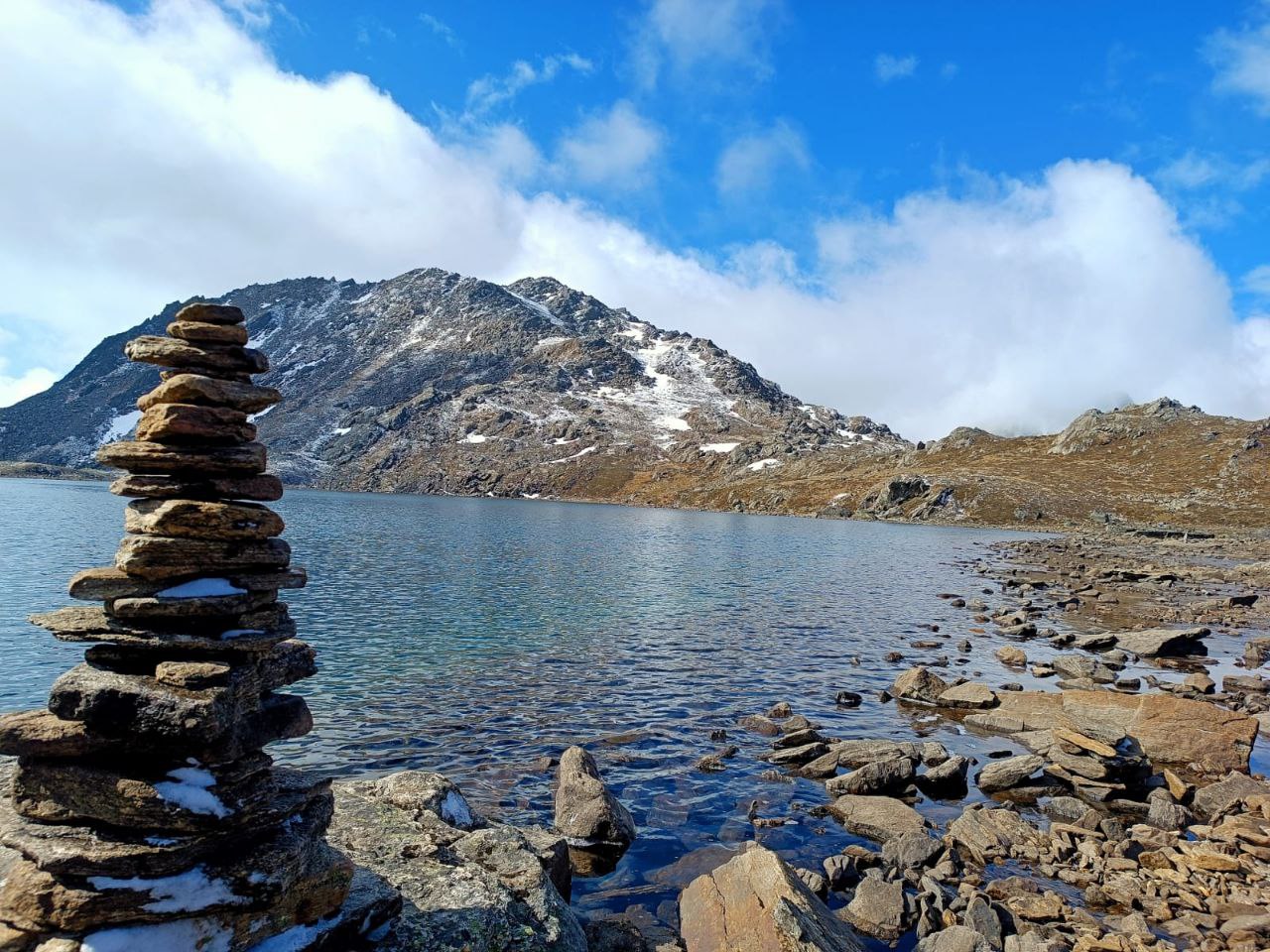
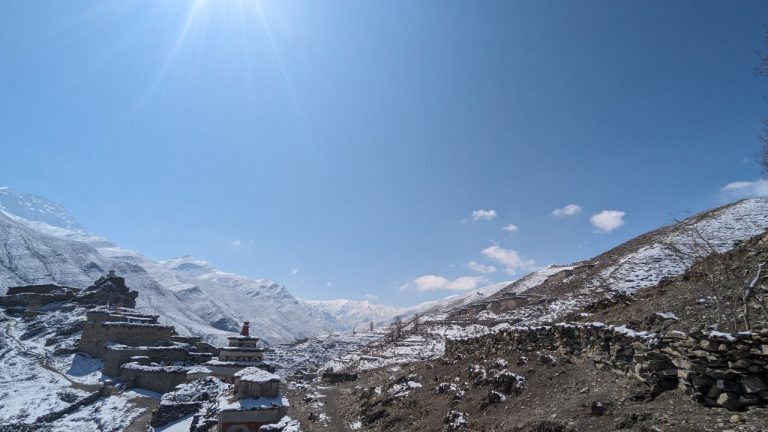
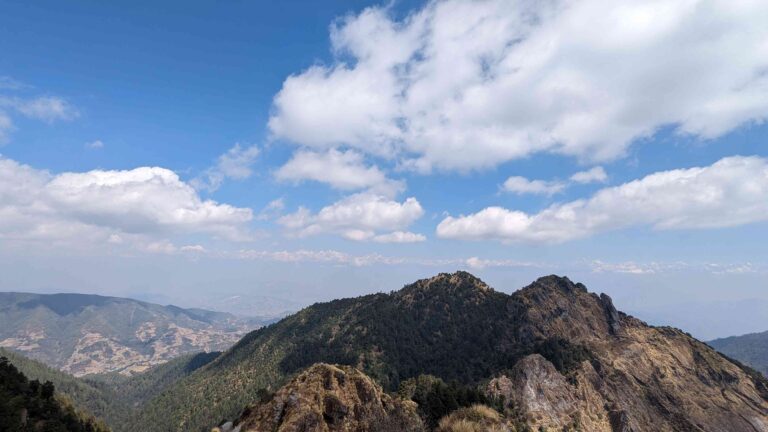
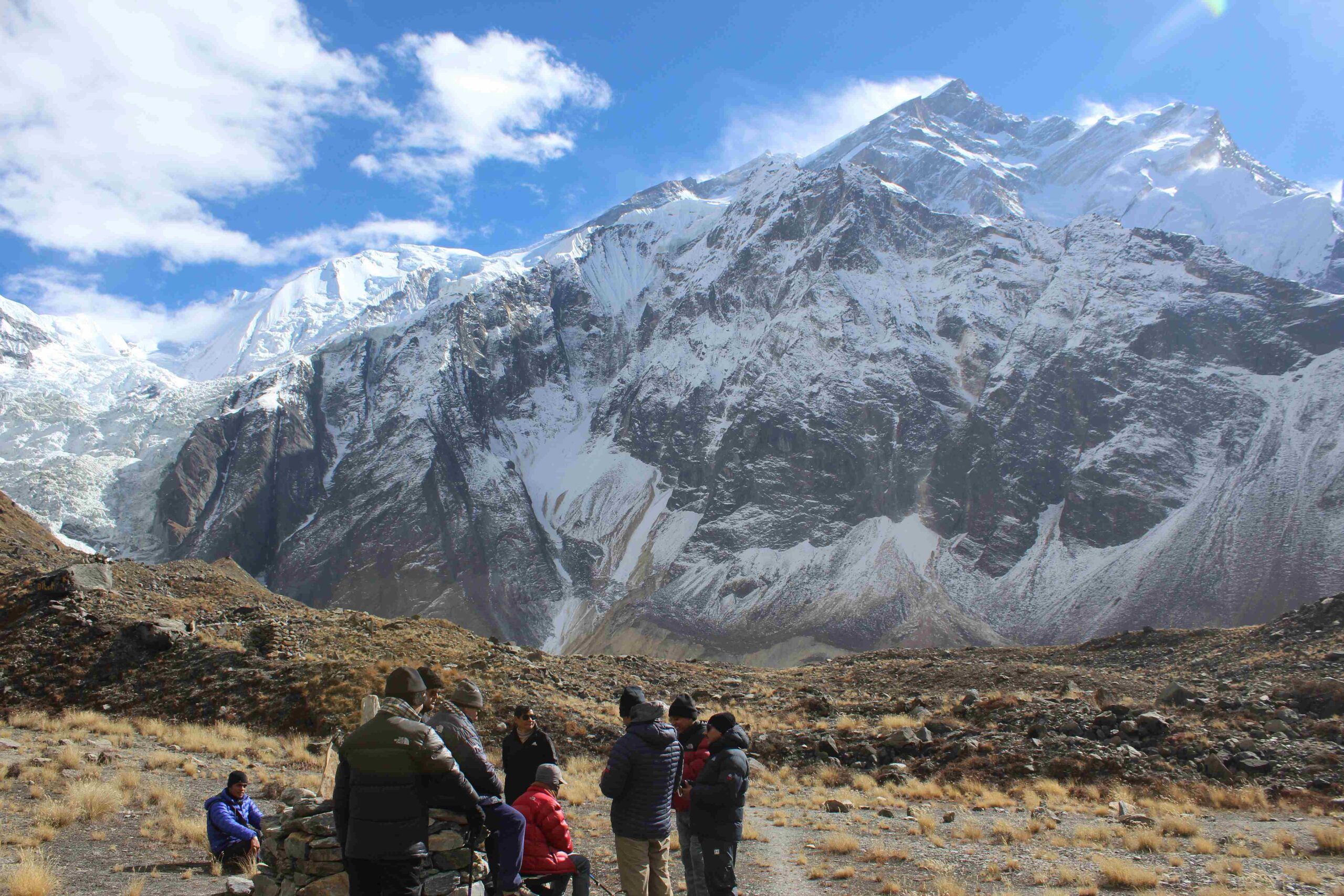
[…] spring within the courtyard of this temple built in 1392 has its source in the glacial lake of Gosainkunda in Rasuwa, north of Kathmandu. A large gathering of devotees arrive here for a ritual bath on the […]